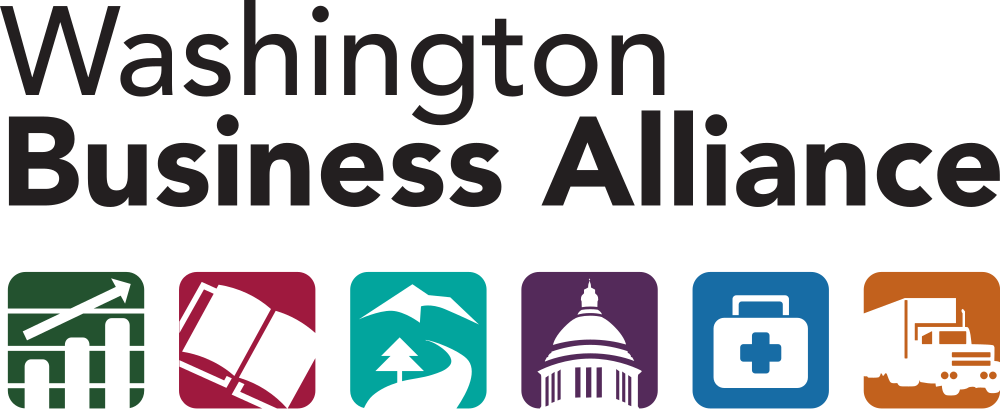The Washington Business Alliance developed the Washington State GHG Reduction Explorer to project the outcomes of various policy proposals that tax/regulate greenhouse gas emissions. The software is based on the Carbon Tax Assessment Model (CTAM) maintained by the Washington State Energy Office. The GHG Reduction Explorer incorporates slight modifications to CTAM, and adds functionality to consider the impact on greenhouse gas emissions and revenue collection of dedicating revenue to invest in carbon reduction projects. The model incorporates the Department of Ecology Clean Air Rule (CAR) and considers overlap between emissions reductions achieved with the simultaneous implementation of CAR and a carbon price. The Washington Business Alliance will provide reports on all relevant proposals before the legislature.
- Assumptions: Exemptions in place for Energy-Intensive Trade-Exposed industries (EITEs), marine fuel and jet fuel, transit & agriculture. Estimate that 63% of revenue goes into Clean Energy Fund;
- Revenue totals and emissions reduction effectiveness: The cost-effectiveness of the investments is a major uncertainty, and also a primary determinant of the total emissions reductions and by extension revenue collected. The model in current form is best applied as a what-if framework to address questions like how cost-effective the Clean Energy Account would need to be to hit certain targets and/or prevent the price for escalating at the maximum rate. [2] We evaluate two scenarios for this analysis: one with what we believe are relatively optimistic assumptions about Clean Energy Account investments and one with what we believe are relatively pessimistic assumptions about the Clean Energy Account investment cost-effectiveness.
- Optimistic scenario: Lacking more information than the bill provides, we make an assumption that the Carbon Reduction Investment Fund (CRIF) starts at $50/tCO2e and is 70% efficient in allocating funds, all other Clean Energy Account funds are distributed at double the cost per tCO2e as the CRIF. This is not a best estimate, just a starting point: CRIF projects are funded from the first year at well under the $100/tCO2e maximum described in the bill while all other drop below this threshold by 2025 or sooner (Table 1);
- Pessimistic scenario: CRIF only funds projects at the maximum abatement cost specified in the bill language ($100/tCO2e to the project, with additional system inefficiencies), while the other Clean Energy Account Funds are much less cost-effective at reducing CO2 – ten times that of the CRF (Table 2).
- Even in the optimistic Clean Energy Account case, the carbon price would likely rise at the maximum allowed rate (7% per year) through at least 2035. Emissions do not project to reach the adjusted, more ambitious emissions limits in 2035.
